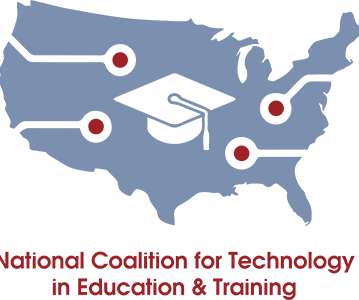Schools in the poorest state become even poorer
The Hechinger Report
JULY 1, 2016
The last time schools were fully funded, in 2008, the state spent roughly $2.56 Nancy Loome, executive director and founder of the Parents’ Campaign, a nonprofit and grassroots education advocacy organization. Related: “Education costs money,” says state superintendent in Mississippi. billion on elementary and secondary education.
















Let's personalize your content